capital of japan
Capital of Japan: Amazing Historic Locations!

Anna Ayvazyan
Posted on April 25, 2024
Share:
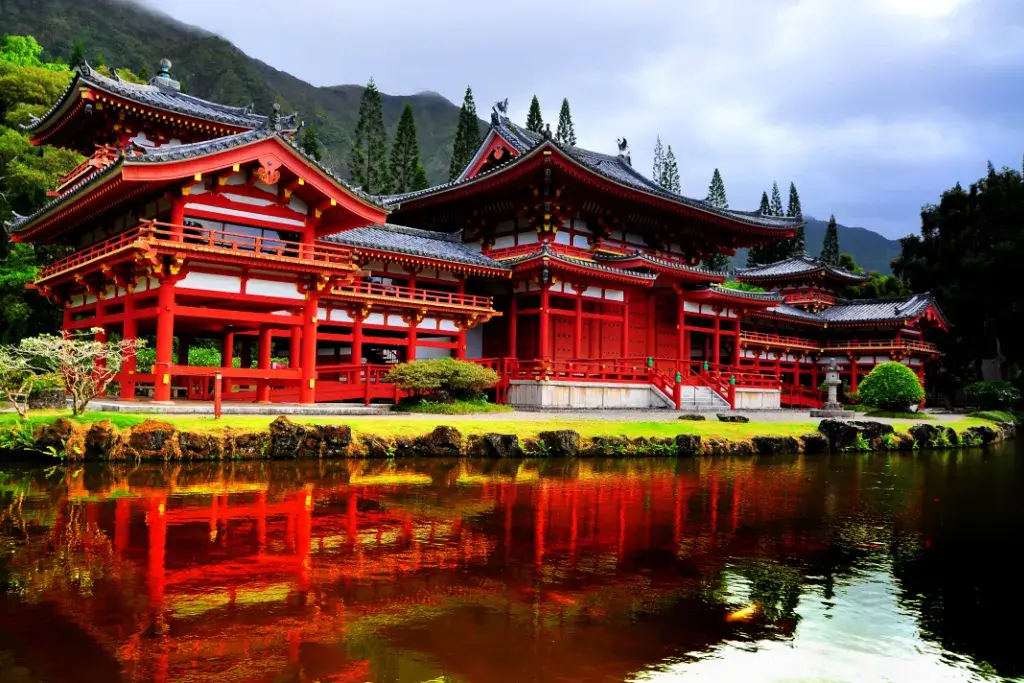
If you plan to visit Japan, you will most likely visit Tokyo. As the capital city, it has many things to see and do. But did you know Japan has had several capital cities throughout the centuries? Historically, Japan’s capital city has changed several times, but the three main capitals were Heijo-Kyo, Kyoto, and Edo.
Heijo-Kyo
Heijo-kyo was the first permanent capital in Japan, established by Empress Genmei during the Nara Period (710–784). The capital was established in what is now Nara City. Previously, under the Taiho Code, capitals changed with each emperor’s death. However, in 701, the Taiho Ritsuryo code introduced a centralized state system, ending this practice.
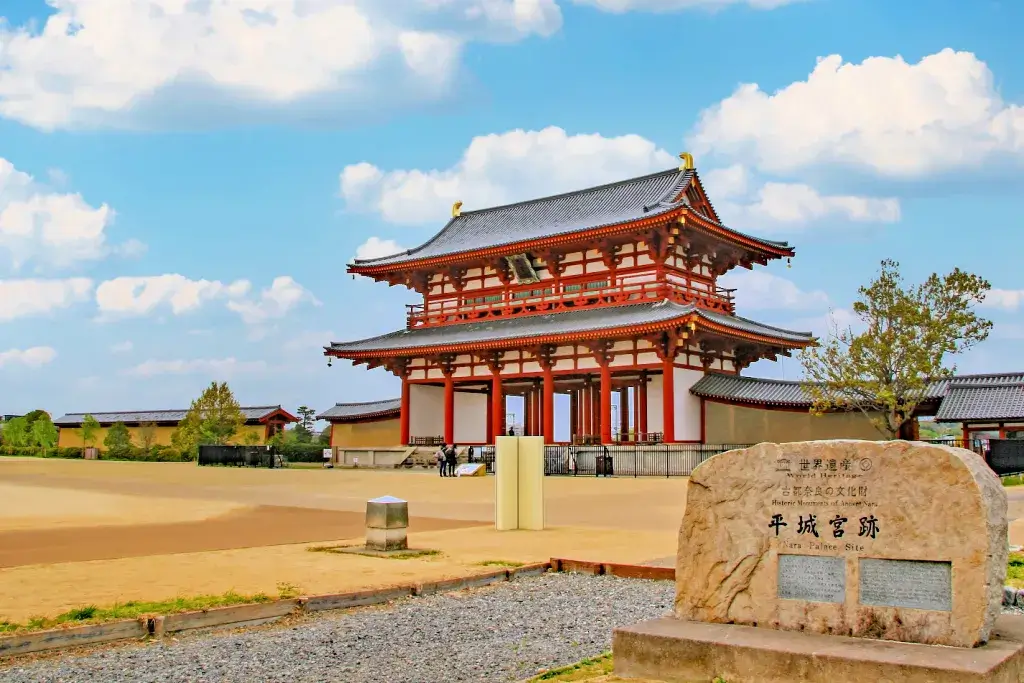
Following the new laws, Heijo-kyo was modeled after Chang’an, the capital city of the Tang dynasty. During the Nara period, traders and scholars traveled to China to learn about technology and Buddhism. Visitors from China, Korea, and India traveled through the Silk Road, flourishing Heijo-kyo as Japan’s first international and political capital.
During this period, Buddhism became a significant cultural and political influence. Many temples and shrines were built, some of which still stand today, such as Kasuga Grand Shrine, Todai-ji Temple, and Kofuku-ji Temple. When the capital moved to Kyoto, most buildings were abandoned or destroyed. However, the temples and shrines survived. These temples and shrines are still accessible today and are great places to visit to learn about early Japanese history!
Kyoto
Kyoto became the capital of Japan from 794 to 1869. In 794, Emperor Kanmu modeled the capital after Chinese cities such as Chang’an and Luoyang. Initially called Heian-kyo, meaning peace, the city was later known as Kyoto, or “capital city,” during the Heian period.
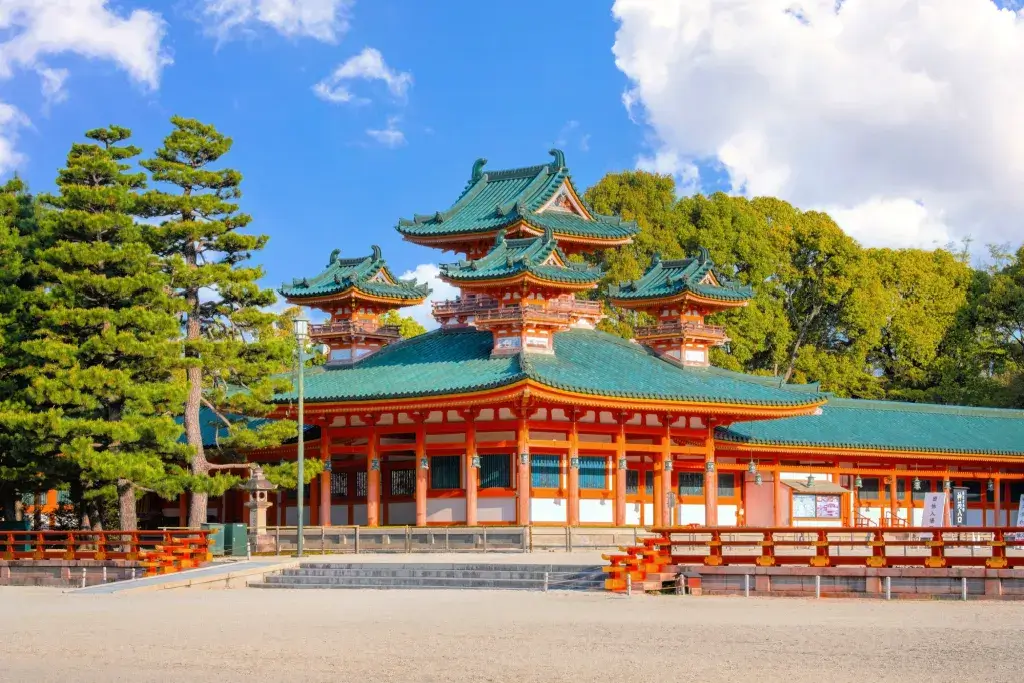
During the Heian period, Chinese influences declined while a new national identity emerged. In particular, two alphabets unique to Japan, katakana and hiragana, emerged during this time. With new forms of writing developing, literature started to flourish. One of Japan’s most famous works The Tale of Genji, came from this time period. On the religious side, Buddhism continued to develop, with monks looking to connect religion with the state further.
While the period generally symbolizes peace, there were many wars and firey incidents, such as the Onin War (1467–77) and the Great Fire of Tenmei in 1788. These incidents were defining moments for the government at that time. This period also saw the rise of the samurai class, which eventually took power and started the feudal period of Japan.
Are you looking for some interesting snacks while touring in historic capitals? Check out Sakuraco! Sakuraco delivers traditional Japanese snacks, teas, and sweets from local Japanese makers directly to your door.
Edo
In 1603, Edo became Japan’s capital under Shogun Ieyasu, marking the start of the 250-year-long Tokugawa period. This era, known for the Tokugawa shogunate’s rule, saw Japan isolated under Shogun Iemitsu, who restricted foreign travel and controlled international access to Japan.
Although Japan existed in isolation, domestic trade, agricultural production, and national culture continued to develop. In particular, the arts culture, such as kabuki and ukiyo-e, became very popular domestically with people. Neo-Confucianism influenced the social structure of hierarchy, with samurai at the top, followed by peasants, artisans, and merchants. Nationalist schools combining Shinto and Neo-Confucianism also developed.
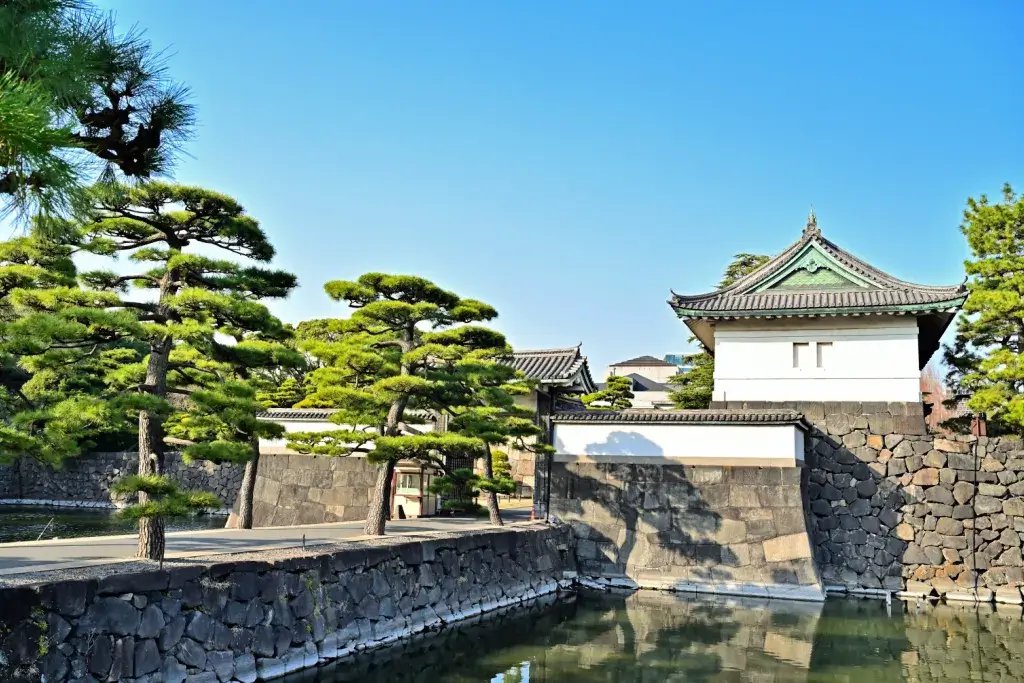
While the Edo period was initially stable, the government became weak due to the worsening financial situation and natural disasters. External pressures from Russia, the United States of America, and European countries also created new challenges. Additionally, many people started developing anti-government sentiments at the time due to high taxes on the lower classes.
Eventually, in 1868, the last shogun, Tokugawa Yoshinobu, resigned and agreed to return their power to the Imperial court. As a result, the Shogunate dissolves, leading to the Meiji Restoration (1868-1889). Emperor Meiji, who came to power after this, moved his residence to Edo and renamed Edo to Tokyo. Since then, Tokyo has continued to be the capital of Japan!
Why are these former capitals of Japan important?
Knowing the history surrounding the former capitals of Japan allows us to gain deeper insight into present Japanese politics, culture, and more. By looking into the Nara period when Heijo-kyo was the capital, you can understand how Buddhism has continued to be a major religion in Japan. When Kyoto was the capital, the Japanese language and arts and the Samurai class developed, influencing later periods.
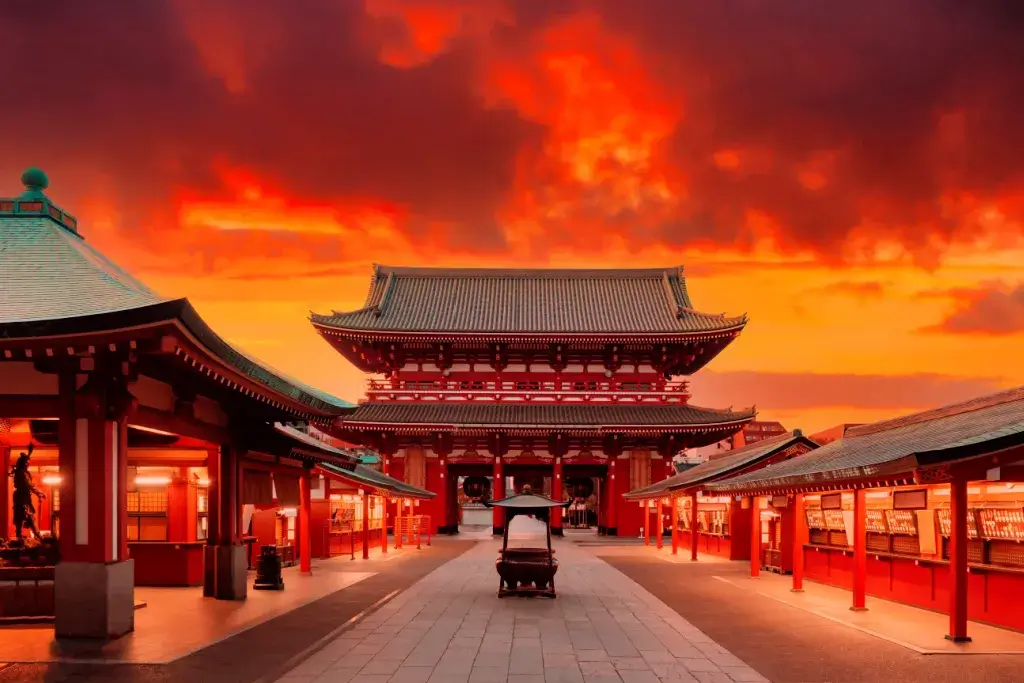
Lastly, it is important to know the history behind the current capital, Tokyo, and how it has contributed to Japan’s current state. If you could travel back in time to visit a Japanese capital city, which one would you choose and why? Let us know in the comments below!

Discover authentic flavors with Sakuraco
Get Sakuraco 

Discover authentic flavors with Sakuraco
Get Sakuraco 
Related Articles

Hatsumode: Why Is It Japan’s Most Important Tradition?
Hatsumode is the first visit to a shrine or temple in the New Year in Japan, and it is one of the country’s most important traditions. Every year, millions of people participate, demonstrating the profound connection between this custom and daily life.

Japanese Fish Bait: The Beautiful Art of Kebari
Kebari are traditional hand-tied flies used for freshwater fishing in Japan, especially in mountain streams where small insects form the main diet of native fish. Instead of bright plastic lures, kebari use feathers, thread, and natural materials to create subtle movements in the water.

Japan Holidays Guide: Relax, Explore, and Delight in Festive Fun
As the year draws to a close, everywhere buzzes with preparations for the holidays, and Japan is no exception. Despite the cold winter weather, you can feel warmth in the scenery, decorations, and festive activities across the country. Let’s explore the unique experiences of holidays in Japan that many people dream of enjoying at least once in their lifetime!

Tokyo Gardens: Five Beautiful Traditional Japanese Gardens to Visit
Tokyo gardens offer a relaxing escape for visitors looking to get a breath of fresh air. However, Tokyo has more than just the typical gardens we see in the West. Let’s explore five traditional Japanese gardens and what makes them unique!



